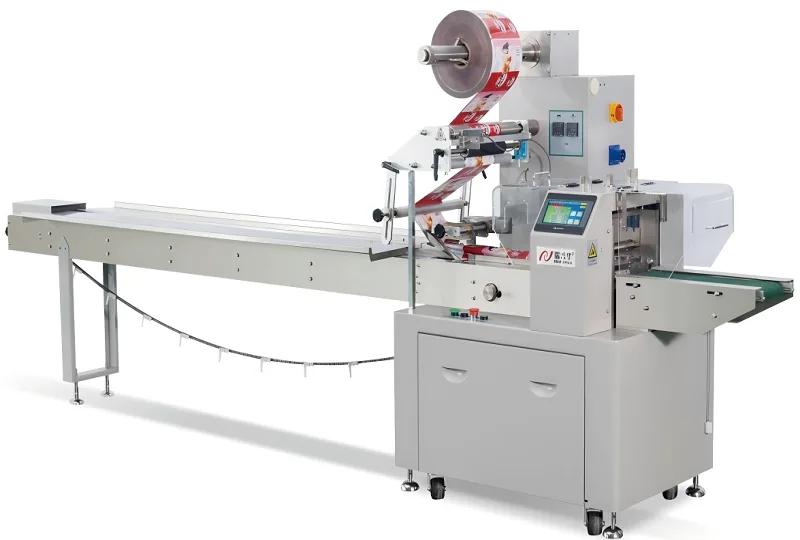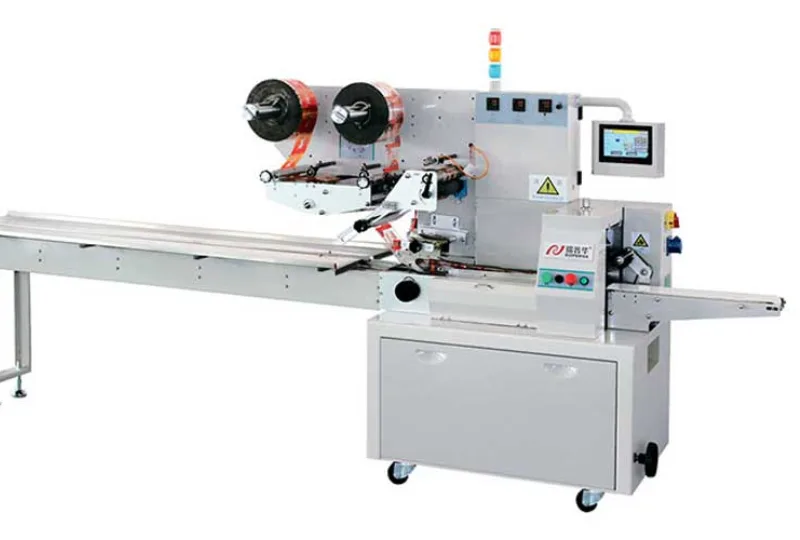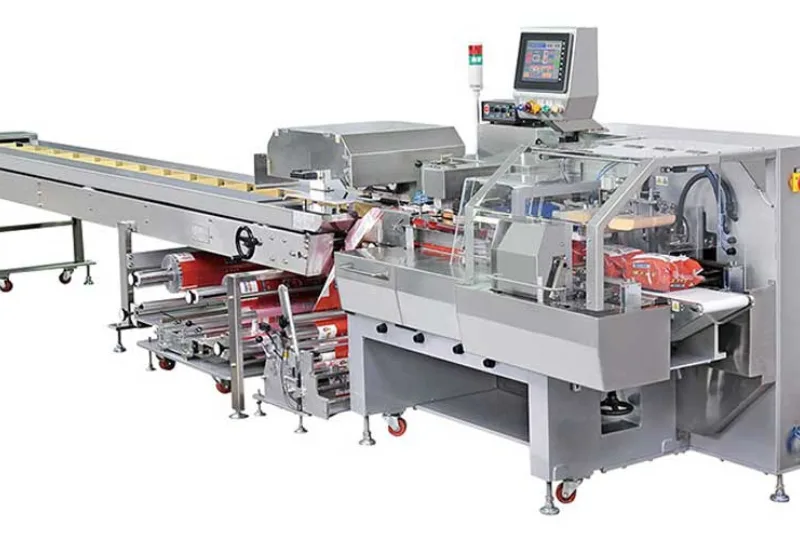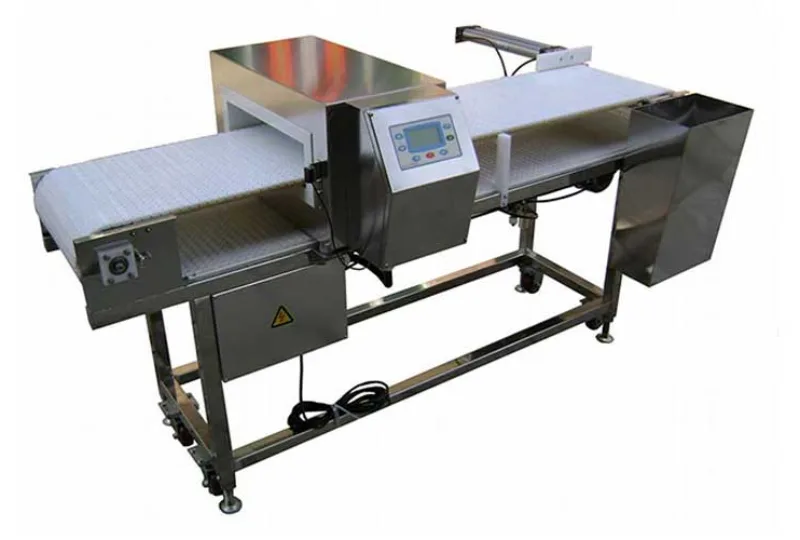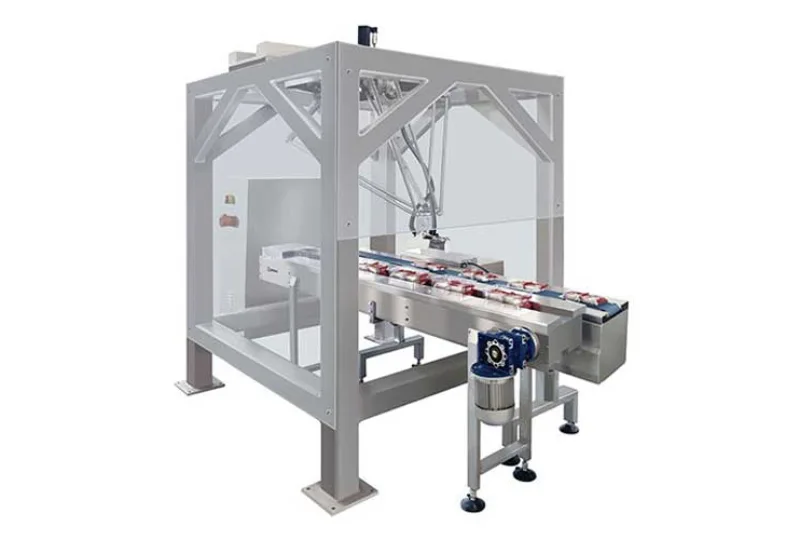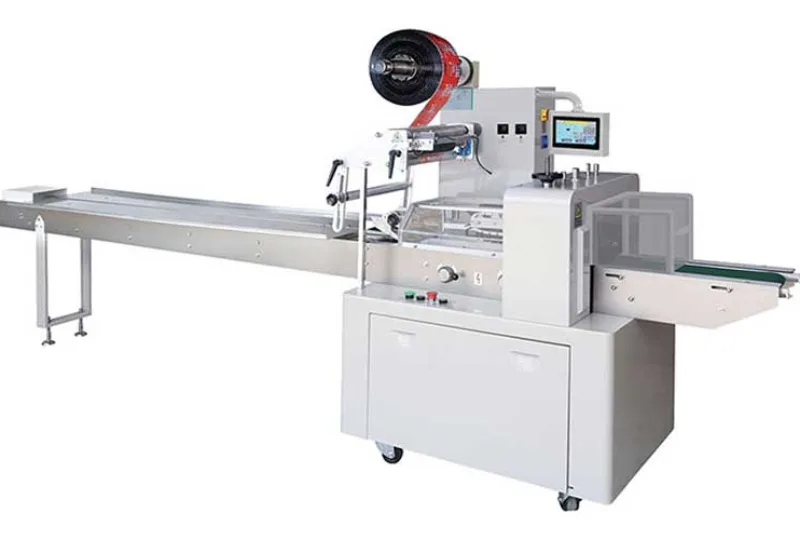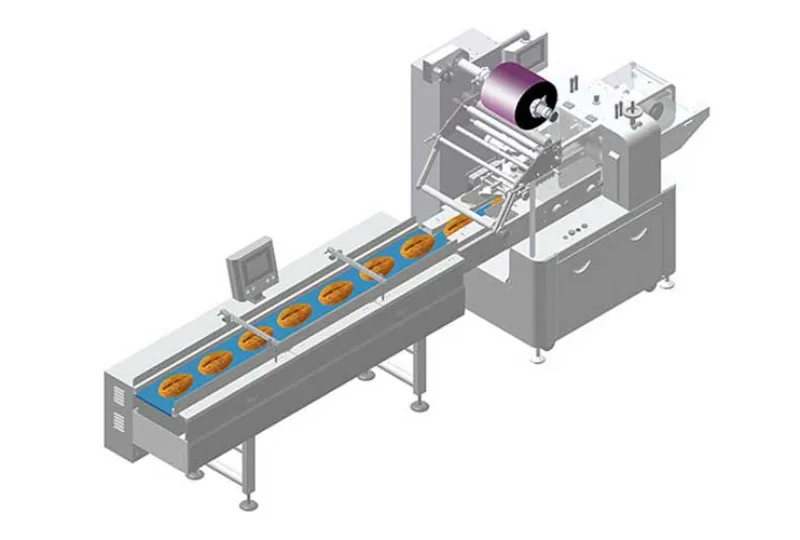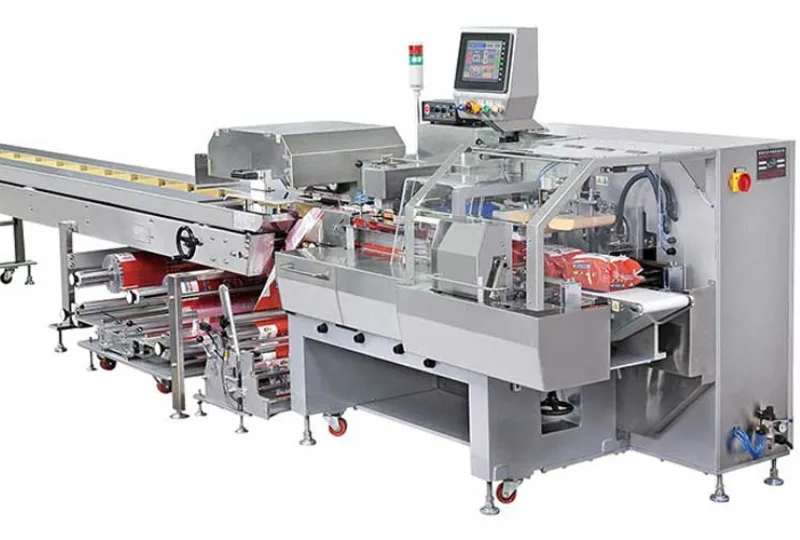Troubleshooting Common Issues with Wafers Packing Machines
Troubleshooting Common Issues with Wafer Packing Machines
Wafer packing machines are crucial for protecting and preserving delicate wafers during the semiconductor manufacturing process. However, even the most advanced machines can encounter common issues that affect their operation and performance. Troubleshooting these issues promptly is essential to minimize downtime and ensure optimal wafer quality.
Leaking Seals
Leaking seals are a common issue that can compromise the vacuum integrity of the packing machine, leading to contamination or damage to wafers. This can be caused by worn-out or damaged O-rings, improper sealing surfaces, or excessive pressure on the seals.
Inspect the O-rings: Check for cracks, tears, or deformation that may allow air or moisture to leak through.
Clean the sealing surfaces: Remove any dust, debris, or foreign particles that may prevent proper sealing.
Adjust the sealing pressure: Ensure that the proper pressure is applied to the seals without overtightening, which can cause damage.
Film Contamination
Film contamination can occur when debris or particles accumulate on the sealing film, compromising its integrity and causing wafers to stick or damage. This can be caused by inadequate cleaning, improper handling, or electrostatic discharge.
Clean the film regularly: Use a lint-free cloth and appropriate cleaning solution to remove contaminants.
Handle the film carefully: Avoid touching or creasing the film to prevent damage.
Discharge static electricity: Ground the machine and wear anti-static clothing to minimize electrostatic discharge.
Misaligned Wafers
Misaligned wafers can result in improper sealing or damage during the packing process. This can be caused by incorrect placement, loose grippers, or faulty alignment sensors.
Check the wafer placement: Ensure that wafers are placed correctly in the designated slots.
Inspect the grippers: Make sure the grippers are properly adjusted and securely holding the wafers.
Calibrate the alignment sensors: Use a calibration tool to align the sensors accurately.
Machine Overload
Machine overload can occur when the packing machine is operating beyond its capacity or when excessive force is applied during the packing process. This can lead to mechanical damage, reduced performance, or even safety hazards.
Monitor the load: Use a force sensor to measure the load on the machine and prevent overloading.
Reduce the packing speed: Lower the speed of the machine to avoid overloading the system.
Check the machine components: Inspect gears, motors, and bearings for signs of wear or damage.
Electrical Faults
Electrical faults can range from minor glitches to more serious problems that can disrupt the operation of the packing machine. This can be caused by loose connections, damaged wires, or faulty components.
Inspect the electrical connections: Check for loose or damaged connectors, wires, and terminals.
Test the electrical components: Use a multimeter to test the functionality of switches, sensors, and actuators.
Consult the manufacturer: Refer to the user manual or contact technical support for guidance on resolving electrical issues.
-
01
Automatic Tray Loading and Packaging Equipment: Boost Efficiency to 160 Bags/Minute
21-11-2025 -
02
Automatic Soap Packaging Machine: Boost Productivity with 99% Qualification Rate
21-11-2025 -
03
A Deep Dive into Automatic Toast Processing and Packaging System
18-11-2025 -
04
The Future of Bakery Production: Automated Toast Processing and Packaging System
18-11-2025 -
05
Reliable Food Packaging Solutions with China Bread, Candy, and Biscuit Machines
11-10-2025 -
06
High-Performance Automated Food Packaging Equipment for Modern Production
11-10-2025 -
07
Reliable Pillow Packing Machines for Efficient Packaging Operations
11-10-2025 -
08
Advanced Fully Automatic Packaging Solutions for Efficient Production
11-10-2025 -
09
Efficient Automatic Food Packaging Solutions for Modern Production
11-10-2025 -
10
Advanced Automatic Packaging Equipment for Efficient Production
11-10-2025






